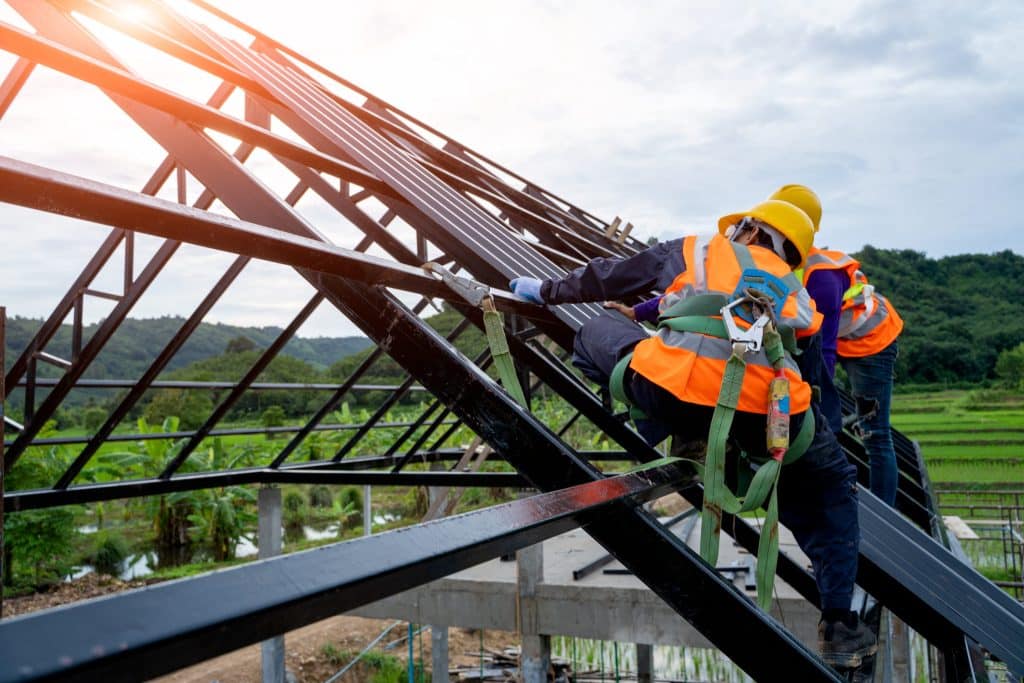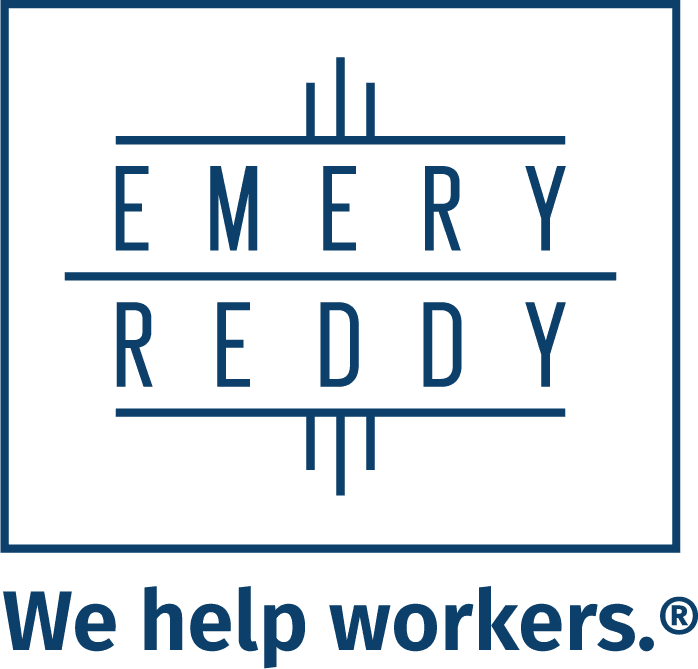
Despite the fact that state and federal regulations require employers to observe a wide variety of safety measures, thousands of workers are seriously injured or killed on the job each year. For the majority of workplace injuries, employees are restricted to amounts and benefits established by the workers’ compensation system. Workers compensation is a no-fault system, meaning that the Washington Department of Labor and Industries (L&I), or a company’s private insurer, must compensate the injured worker regardless of whether the accident was caused by the employer, a co-worker, or the worker themselves. This ensures that workers get the medical benefits they need so they can get on with their lives and return to work. In exchange, in most cases the worker cannot sue the employer for the accident.
However, because of restrictions set by the system, in many cases workers’ compensation does not fully cover all costs of an injury and its aftermath. A third- party claim, on the other hand, does not place any limits on the amount of damages an injury victim may pursue. This means that under a third-party claim an employee can potentially seek additional medical benefits, prescription coverage and physical therapy, wage-loss benefits, and additional compensation for personal pain and suffering (as well as damages to your family).
What Is A Third-Party Claim?
A third-party claim arises when an employee’s injury results from the negligence of someone other than the employer or co-worker. For example, if you are driving a delivery truck for your company and are hit by another driver, or the car malfunctions because of the negligence of a mechanic or manufacturer, you may be eligible to sue those “third parties.”
Other examples of a third-party claim may include:
- Construction site accidents and injuries; construction jobs involving multiple companies, contractors, and rental products and tools
- Car and truck accidents while on the clock
- Work injuries caused by an employee for another company
- Workplace injuries from defective equipment or products
- Failure to provide security at a work site
- Injuries that occur on property belonging to another party (not your employer)
- Heavy machinery accidents
- Industrial explosions and toxic exposure
- Scaffolding accidents or failures of rental equipment
- Burn injuries
If you have been injured at work and believe a third-party is at fault, you may receive forms and documents from L&I asking you to recount the details of an accident. You are strongly advised to consult an attorney before completing or submitting your paperwork, since small omissions, errors, or other technical details can compromise your case and lead to a denied third-party claim. Our experienced L&I attorneys will ensure that the process is completed correctly to help you recover damages for you injury.
If your third-party liability claim has been rejected by L&I, a Seattle L&I attorney at Emery | Reddy can work to reverse this outcome. We are proud of our record defending injured and disabled workers, and will fight to hold powerful companies accountable when they contribute to an injury, disability or wrongful death. Contact our legal team today for a free case review.




